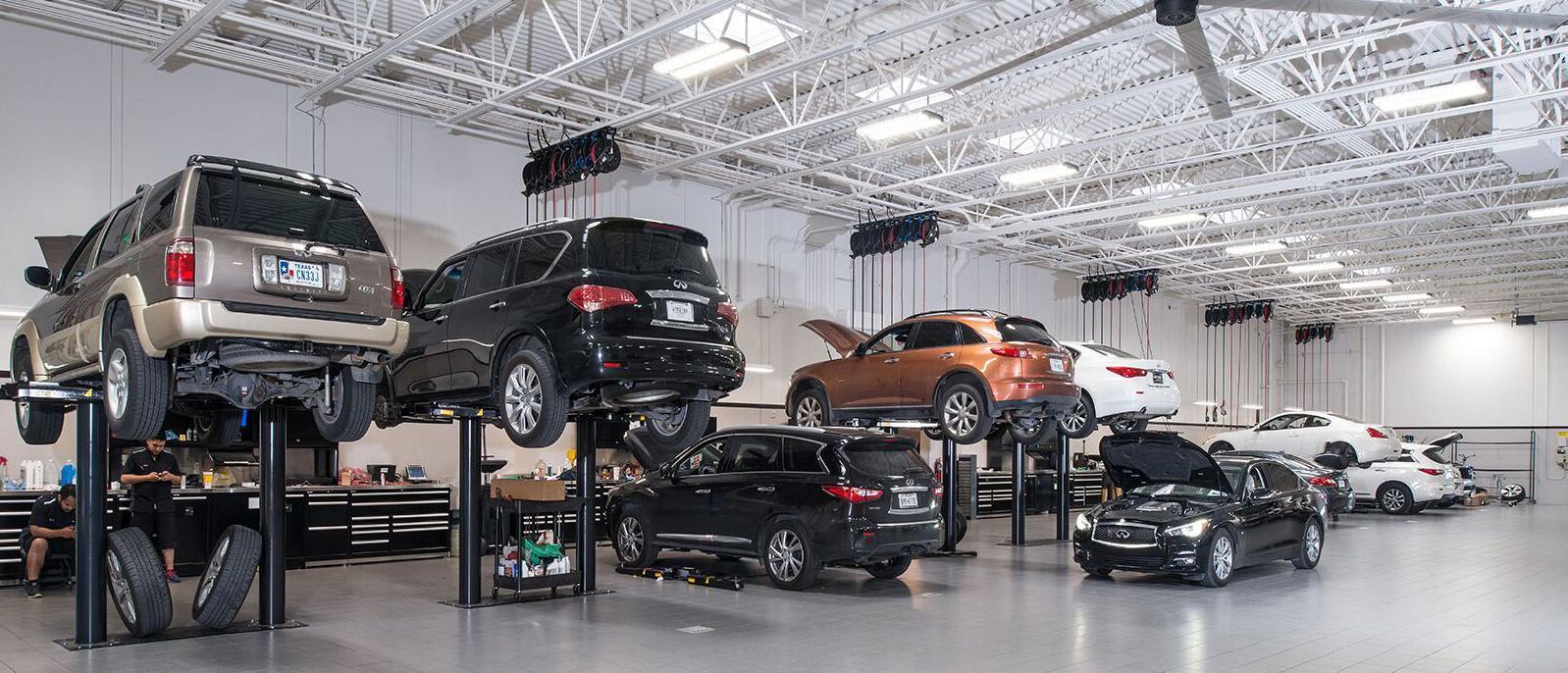All Categories
Featured

Couple of points are extra disconcerting for a motorist than the sudden illumination of the check engine light (CEL) on the dashboard. While it may set off prompt issue, comprehending what this light represents can empower you to handle the circumstance properly. Allow's check out the feasible factors behind the CEL and the steps to resolve it.
What Does the Inspect Engine Light Mean? The CEL is part of your car's onboard diagnostics (OBD) system. It keeps track of a selection of systems within the automobile, consisting of exhausts, gas effectiveness, and general engine efficiency. When the system discovers a fault or abnormality, it causes the CEL to notify the motorist.
Strong Light: Indicates a non-critical problem, such as a minor sensor breakdown. Nonetheless, it still calls for interest to prevent long-term damages. Flashing Light: Signals a severe concern, like an engine misfire, that requires immediate interest to stop substantial damage. Typical Reasons for the Inspect Engine Light. Below are several of the most frequent root causes of a CEL, ranging from basic to intricate:
Loose Gas Cap:

A broken or loosened gas cap can disrupt the fuel system, setting off the light. This is one of the simplest problems to repair-- simply replace the cap or tighten up. Oxygen Sensing Unit Failing:
The oxygen sensor determines the air-to-fuel ratio for ideal combustion. A malfunctioning sensor can cause decreased gas efficiency and higher exhausts. Ignition System or Ignition Coil Problems:
These elements are necessary for the combustion process. Worn-out spark plugs or malfunctioning coils can cause misfires and rough engine efficiency. Catalytic Converter Troubles:
This component minimizes hazardous emissions from your vehicle. Failure to address various other engine issues can cause catalytic converter damages. Mass Air Movement (MAF) Sensor Failure:
The MAF sensor makes certain the right quantity of air blends with gas. A filthy or failing MAF sensing unit can decrease power and fuel efficiency. When the CEL Comes On, steps to Take. Don't Panic:
Take a moment to observe your automobile's efficiency. Is it driving usually, or exist signs and symptoms like lowered power or odd sounds? Inspect the Gas Cap:
If required,Tighten or reseat it. This basic repair solves many CEL instances. Utilize an OBD-II Scanner:
Connecting in a scanner offers specific problem codes that recognize the trouble. Several car parts shops offer this service totally free. Check out an Auto Mechanic if Necessary:
If the CEL stays on or flashes, have an expert check your auto. Delaying fixings could cause a lot more costly repairs. Preventative Measures to Stay Clear Of CEL Issues. Normal Upkeep:. Comply with the supplier's timetable for oil modifications, spark plug substitutes, and air filter cleaning. Check Secret Parts:. Occasionally check your gas cap, belts, and hoses for wear or damage. Usage Top Quality Gas and Oil:. Premium products can protect against residue build-up that might influence sensors and engine parts. Why You Should Attend To the CEL Immediately. While it's tempting to ignore a solid CEL, laziness can bring about serious repercussions. What begins as a minor issue-- like a loosened gas cap-- might advance right into costly repair services. Attending to the light very early guarantees your lorry continues to be safe and effective.
Conclusion. The check engine light is not a cause for prompt panic, however it needs to never be disregarded. Understanding its objective and possible triggers furnishes you to make informed choices, whether it's a quick gas cap change or a journey to your technician. With appropriate upkeep and timely activity, you can keep your automobile running efficiently and avoid unneeded fixings.
Latest Posts
Trusted Expenses Door Solutions for Residences and Services
Published May 24, 25
1 min read
Discover WyHy FCU – Top Benefits for Your Financial Success
Published May 24, 25
1 min read
Explore Strathmere’s Coastal Treasure: Relax, Savor, and Stay at Deauville Inn
Published May 23, 25
2 min read